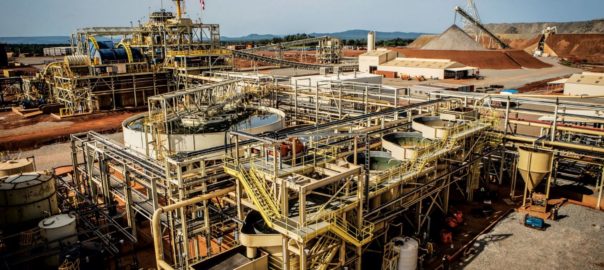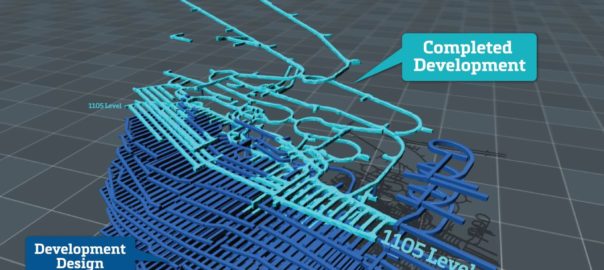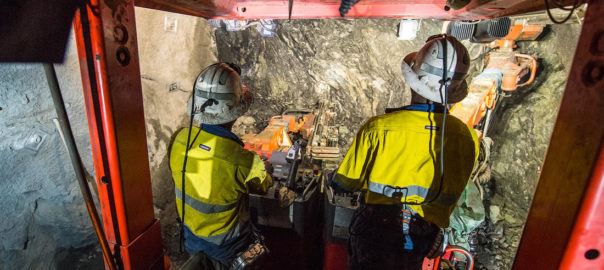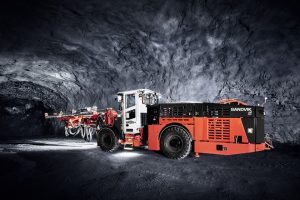Hummingbird Resources’ plan to install a second ball mill and increase production capacity at its Yanfolila gold mine, in Mali, is tracking ahead of expectations, the company says.
The second ball mill will increase throughput capacity from 1 Mt/y to 1.24 Mt/y when operating at 100% fresh ore and from 1.2 Mt/y to 1.4 Mt/y when processing a blend of ore types, according to Hummingbird.
The mill was deemed the preferential choice when considering the alternative option of installing a tertiary crusher, which was included in the mine’s definitive feasibility study.
Since commencing the project in September 2018, the company has continued to reach advancement targets and both the engineering and civil works are now fully complete, Hummingbird said.
The Yanfolila crushing circuit is currently a two-stage operation incorporating both primary and secondary crushing circuits designed to treat a blend of oxide and harder ores. The ore is non-refractory and the process plant design uses gravity and carbon-in-leach for the processing and recovery of the gold which averages 92.5% over the life of mine.
Notable recently completed construction works include the mechanical installation of the mill, structural steel assembly, fitting of the feed and ball loading chute, and installation of the gearbox cooling system. Outstanding works include installation of the sump pumps and electrical systems, which are ahead of schedule.
“The project remains on budget and, furthermore, all equipment for the project is now on site, with procurement and logistics teams having successfully coordinated full delivery,” Hummingbird said.
Commissioning of the completed mill is due to start in July with full capacity ore throughput expected in August.
Dan Betts, CEO of Hummingbird, said: “At full capacity, the mine will benefit from economies of scale, with no requirement for additional staff to the second mill, so we therefore look forward to a lowering cost profile with increasing production rates over the life of mine.”












